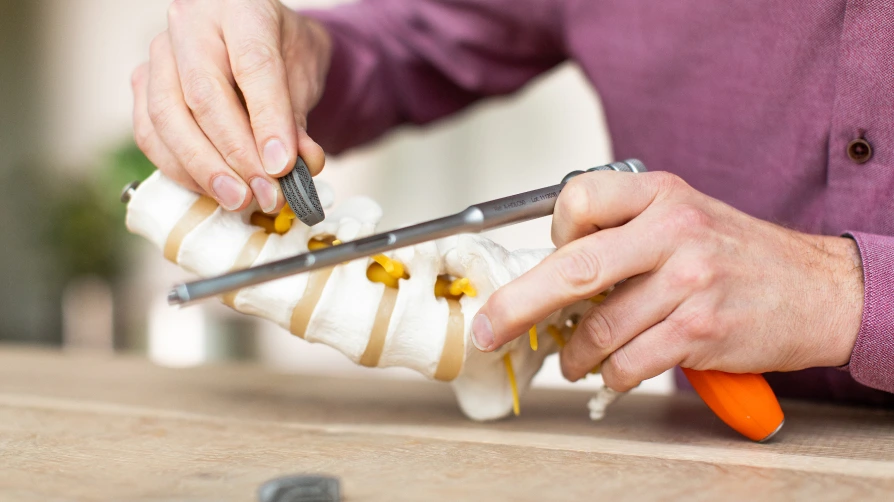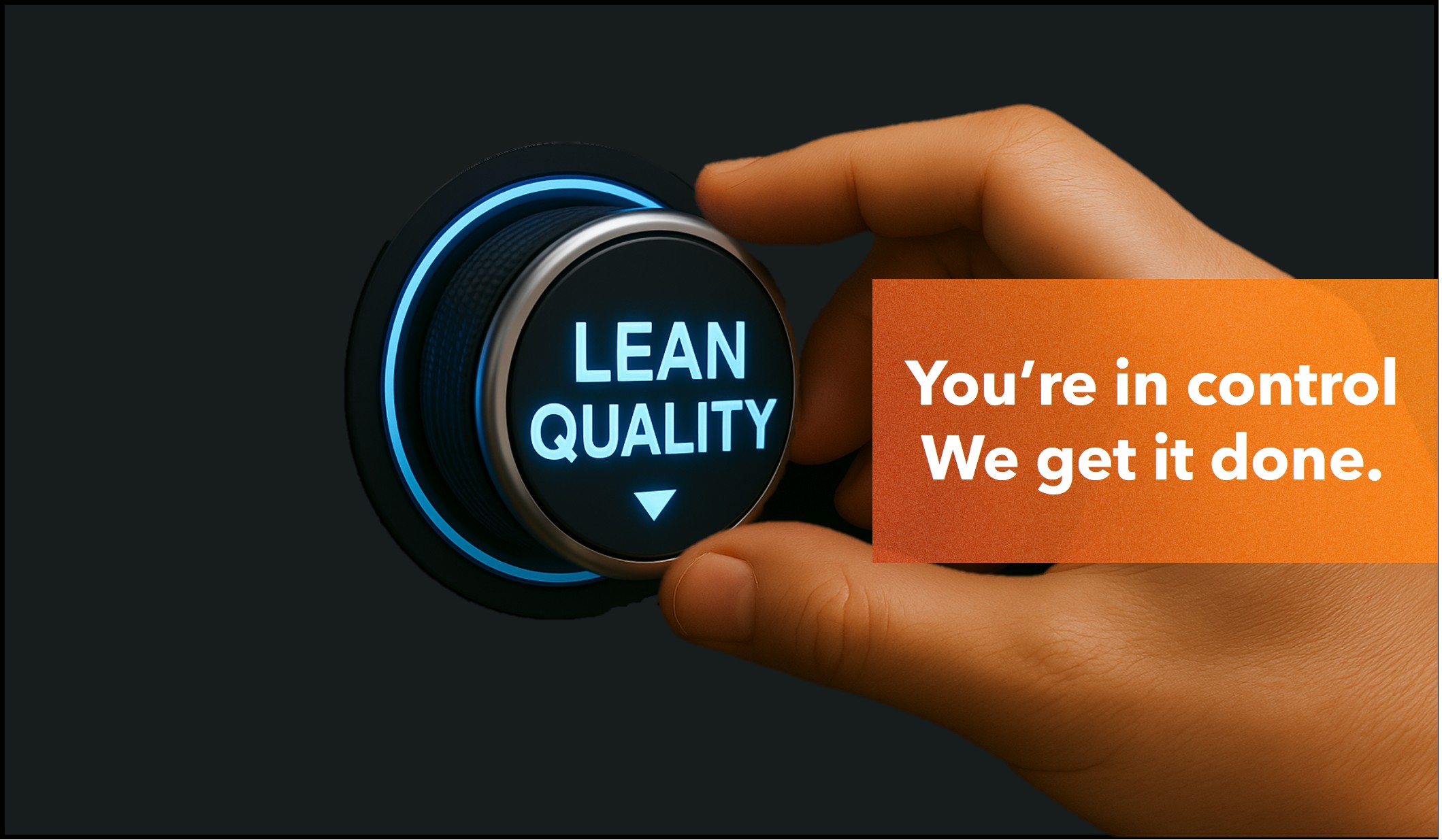Unlocking Success in Orthopedic Medical Device Startups: A Guide to Profitable Exits
In this guide, we will explore the optimal approach for developing a successful startup in the medical device and orthopedic engineering fields, focusing on achieving a profitable exit strategy for the original founders. The orthopedic medical device sector is competitive, with startups aiming to launch innovative products and attract the attention of multinational companies. With the global orthopedic medical device market projected to reach $55 billion by 2025, it is essential for startups to understand the current market dynamics and set up their businesses efficiently to maximize their chances of a profitable exit.
Key Trends Shaping the Orthopedic Medical Device Market: Implications for Startup Success and Market Entry
- Customer Importance: In the orthopedic market, the number of customers is relatively low compared to the market size. As a result, each customer becomes crucial for startups. Collaborating with orthopedic surgeons is essential, as they play a significant role in testing and providing valuable feedback for new devices. Transparency and adherence to regulations have become crucial to avoid past financial entanglements with surgeons and ensure ethical practices.
- Increasing Regulations: Recent scandals in the medical device industry have led to tighter regulations. The introduction of the Medical Device Regulations (MDR) in the EU and increased measures by the FDA has made it more complex to bring new devices to the market. Startups must navigate these regulations efficiently to ensure smooth product launches and market entry.
- Healthcare Cost Control: Governments worldwide are focused on controlling healthcare costs while maintaining accessibility. Startups must consider reimbursement strategies from the early stages of product development. Clinical data demonstrating efficacy and cost-effectiveness is essential to gain market access and secure profitable reimbursements.
- Risk-Averse Multinationals: Multinationals have become increasingly cautious about acquisitions, conducting thorough due diligence to assess potential risks. Startups must not only develop innovative products but also address potential risks comprehensively to attract multinational interest.
Navigating Startup Stages and Crafting a Strategic Exit Plan
Startups typically pass through three stages
- Ideation and Funding: The journey begins with a passionate individual, often a surgeon or university graduate, seeking funding and support to create enthusiasm for their idea.
- Product Development and Approval: Once funding is secured, the startup enters the development stage, focusing on obtaining FDA and/or CE approval to launch the product in the market.
- Sales and Market Penetration: After the product launch, the startup must work hard to generate real sales, convincing users, distributors, insurance companies, and governments of the product’s value. For a successful exit, it is crucial for startups to work on a smart exit strategy from the start. Timing is essential, and selling the product to a multinational just before entering the third stage is often the best option. This allows the product to benefit from the multinational’s extensive distribution network and maximizes returns for the original founders.
Revolutionary vs. Evolutionary Technology
Startups can develop products based on either revolutionary or evolutionary technology. Revolutionary products require significant technical development and are often developed within institutes and universities. In contrast, evolutionary products build upon existing technologies and products. Understanding the distinction is vital, as multinational interest in acquisition varies depending on the type of technology.
Meeting Multinational Due Diligence Requirements for Your Product
When a multinational shows interest in acquiring a product, it initiates an extensive due diligence process. To pass this process, startups must provide the required documents, including patents, approvals, contracts, technical files, and clinical data. Meeting these requirements is essential to build trust and confidence in the product’s value and potential.
Building the Value Story for Startup Success: From Idea to Multinational Acquisition
Beyond meeting due diligence requirements, startups must create a compelling value story around their product. This involves showcasing clinical results, gaining support from key opinion leaders, and generating sales in important target markets. A well-crafted value story will demonstrate the impact the product can have on the multinational’s business, making a successful acquisition more likely.
Conclusion
Building a successful orthopedic medical device startup requires a multidisciplinary approach and strategic partnerships. Startups must stay informed about market trends, navigate complex regulations, and focus on creating a compelling value story to attract multinational interest. By following a well-planned exit strategy and meeting due diligence requirements, startups can increase their chances of achieving profitable exits and making a significant impact in the orthopedic market.




